| Common Name | Jujube |
| Family | Rhamnaceae |
| USDA hardiness | 5-10 |
| Known Hazards |  Caution in diabetics on allopathic medication. Caution in diabetics on allopathic medication. |
| Habitats | Dry gravelly or stony slopes of hills and mountains. |
| Range | E. Asia – China, India, Sri Lanka, Nepal, Bhutan, Myanmar, Thailand, Malaysia, Indonesia to Australia. |
| Edibility Rating |      (4 of 5) (4 of 5) |
| Other Uses |      (3 of 5) (3 of 5) |
| Weed Potential | No |
| Medicinal Rating |      (3 of 5) (3 of 5) |
| Care |
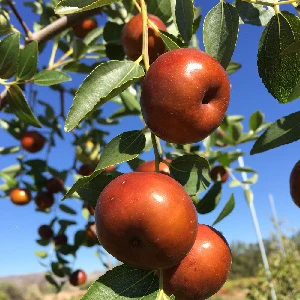
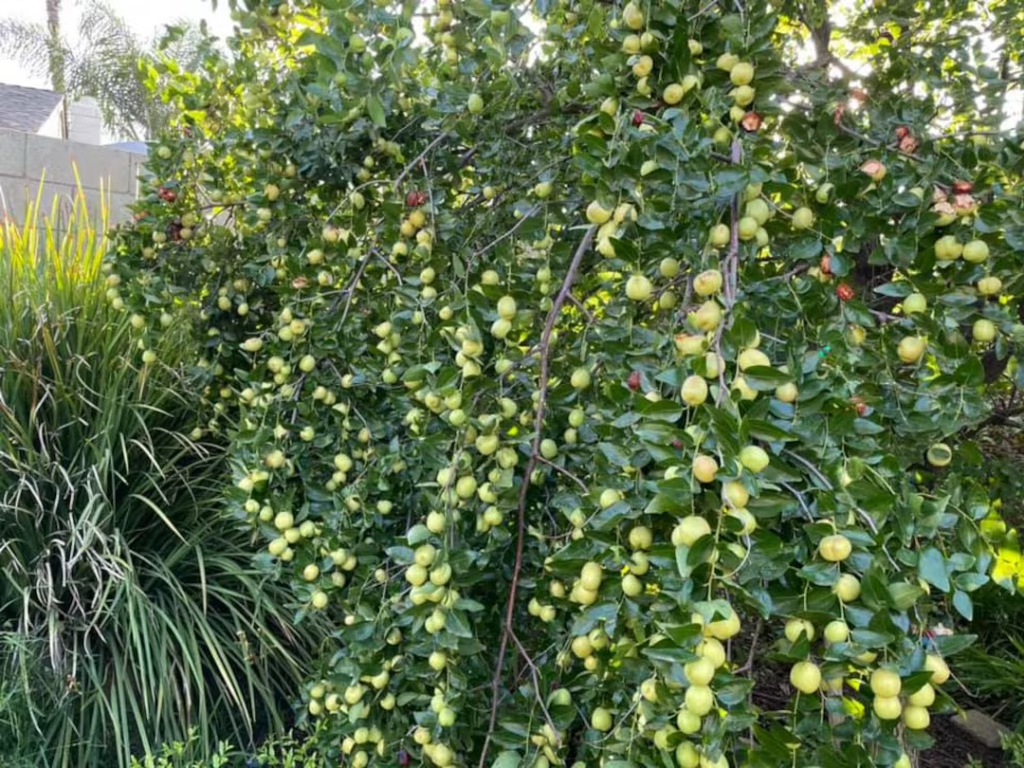


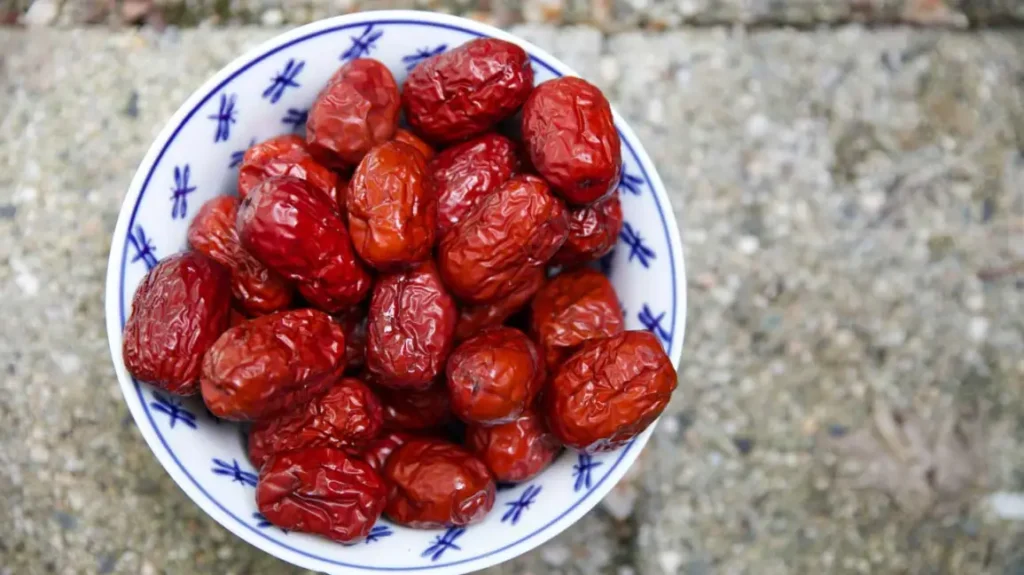
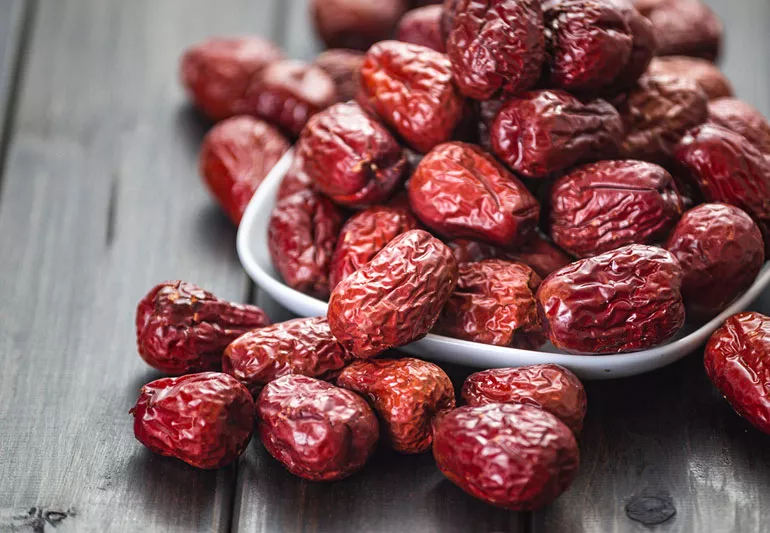
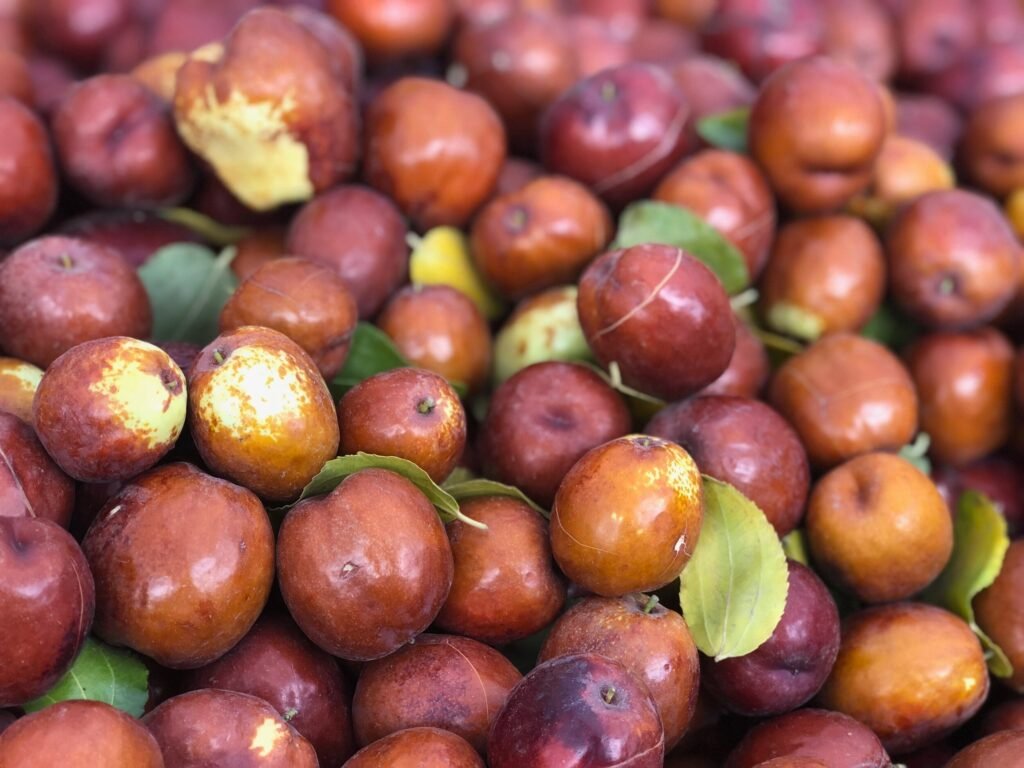
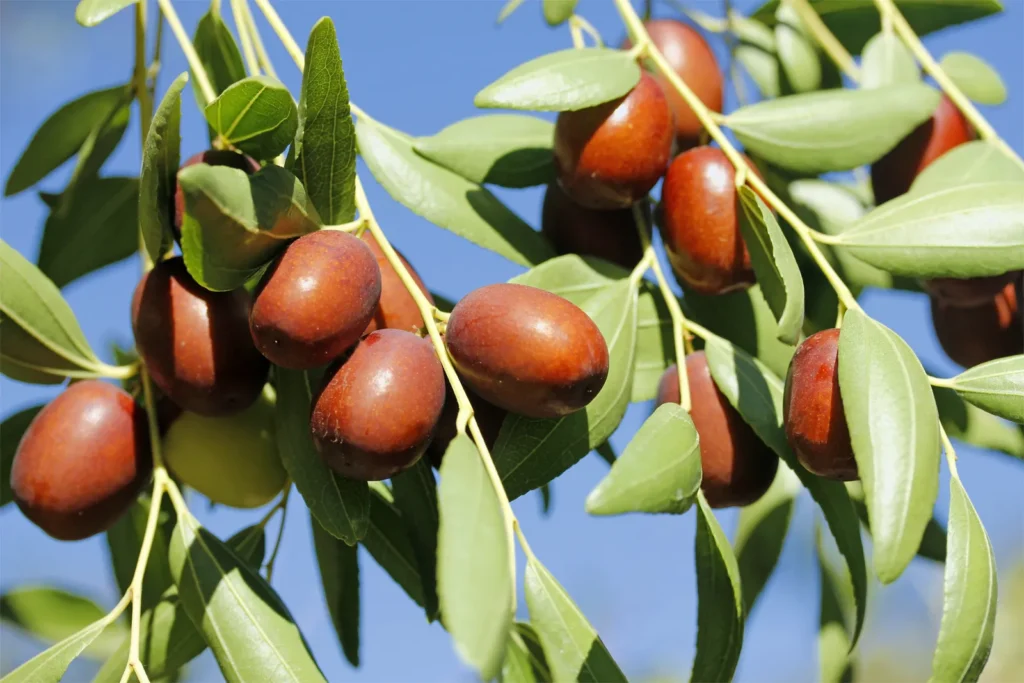
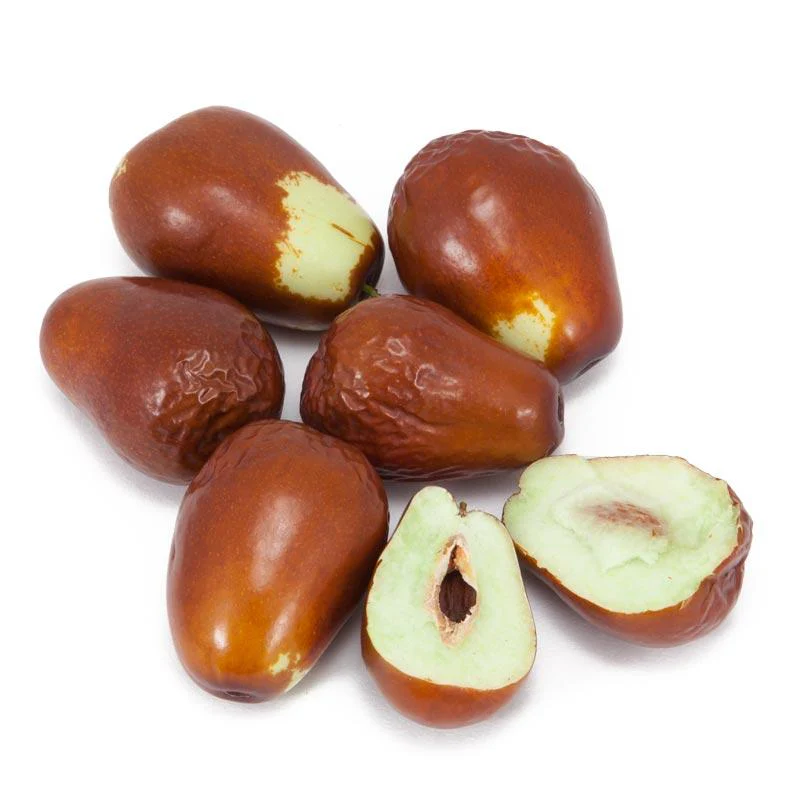
Growing Ziziphus jujuba: A Complete Guide to Cultivating the Jujube Tree
Ziziphus jujuba, commonly known as Jujube, Chinese Date, or Red Date, is a resilient and highly productive fruit tree valued for its nutritional, medicinal, and commercial benefits. Native to China and widely cultivated across Asia, the Middle East, and parts of the United States, the jujube tree is known for its drought resistance, low maintenance, and adaptability to various climates. Whether you’re a home gardener or a commercial farmer, growing jujube trees can be a rewarding experience. In this comprehensive guide, we’ll explore everything you need to know about cultivating Ziziphus jujuba, from soil requirements to harvesting techniques.
Why Grow Ziziphus jujuba?
Growing Ziziphus jujuba offers multiple benefits, making it a fantastic choice for farmers and garden enthusiasts alike:
- Drought-Tolerant: Requires minimal irrigation and thrives in arid conditions.
- Nutrient-Rich Fruits: High in vitamin C, antioxidants, and minerals, jujube fruits are considered a superfood.
- Fast Growth & High Yield: Produces fruit within 3-5 years after planting and continues to yield for decades.
- Low Maintenance: Resistant to most pests and diseases, requiring minimal intervention.
- Versatile Uses: Eaten fresh, dried, or processed into teas, pastes, and medicinal extracts.
Ideal Growing Conditions for Ziziphus jujuba
1. Climate Requirements
Ziziphus jujuba is highly adaptable to different climates but thrives best in:
- Temperate to subtropical regions with long, hot summers.
- Can tolerate cold temperatures down to -15°C (5°F) in winter.
- Requires a dry climate during fruit maturation for the best fruit quality.
2. Soil Preferences
- Well-drained sandy or loamy soil is ideal.
- pH level should be between 5.5 and 7.5.
- Tolerates poor and alkaline soils but grows best with moderate fertility.
3. Sunlight Needs
- Requires full sun (at least 6-8 hours of direct sunlight daily) for optimal growth and fruit production.
- Partial shade reduces yield and affects fruit quality.
4. Watering Requirements
- Drought-resistant once established, but young trees need regular watering until their roots develop.
- Deep watering every 10-15 days during the growing season promotes better fruiting.
- Avoid overwatering, as it can lead to root rot.
Propagation Methods
Ziziphus jujuba can be propagated through several methods, each with its own advantages.
1. Growing from Seeds
- Jujube seeds take 3-5 years to bear fruit.
- Scarifying or soaking the seeds in warm water for 24 hours can improve germination.
- Seeds should be planted in well-draining soil and kept moist until germination.
2. Grafting for Improved Cultivars
- Most commercial jujube orchards use grafted trees to ensure faster fruiting and higher-quality produce.
- Grafting onto wild jujube rootstock improves disease resistance and adaptability.
3. Root Cuttings & Suckers
- Ziziphus jujuba produces root suckers that can be dug up and replanted.
- Best for maintaining genetic consistency and growing new plants identical to the parent tree.
Planting Ziziphus jujuba
1. Choosing the Right Location
- Select an area with full sun exposure.
- Ensure good air circulation to prevent fungal infections.
2. Spacing and Planting Depth
- Space trees 12 to 20 feet (3.6 to 6 meters) apart to allow for proper growth and airflow.
- Dig a hole twice as wide and deep as the root ball.
- Place the tree at the same depth it was in the nursery pot and backfill with soil.
3. Fertilization Needs
- Use a balanced fertilizer (10-10-10) in early spring to encourage growth.
- Compost or organic mulch can be applied to enrich the soil and retain moisture.
- Avoid excessive nitrogen, which can lead to excessive foliage growth at the expense of fruiting.
Pruning & Maintenance
1. Regular Pruning for Better Yield
- Remove dead or weak branches in late winter or early spring before new growth begins.
- Thin out dense growth to allow sunlight to penetrate the canopy.
- Maintain an open-center shape for better fruiting.
2. Pest & Disease Control
- Pests: Generally resistant to most pests, but watch for aphids and scale insects.
- Diseases: Rarely affected, but root rot can occur in waterlogged soil.
- Use organic pesticides like neem oil if necessary.
3. Mulching & Weed Control
- Apply a 2-3 inch layer of mulch around the base to retain moisture and suppress weeds.
- Avoid piling mulch against the trunk to prevent rot.
Harvesting & Storing Jujube Fruits
1. When to Harvest
- Jujube fruits mature in late summer to early fall, depending on the variety.
- Harvest when fruits turn from green to reddish-brown.
- Can be eaten fresh at the crisp stage or left to dry on the tree for a date-like texture.
2. Proper Harvesting Techniques
- Gently twist and pull ripe fruits from branches.
- For large harvests, use a net under the tree and shake gently.
3. Storing Jujube Fruits
- Fresh jujubes: Store in a cool, dry place for up to 2 weeks.
- Dried jujubes: Can be stored in airtight containers for several months.
- Freezing: Can extend shelf life for up to a year.
Commercial Potential and Sustainable Farming
Ziziphus jujuba is not only valuable for home gardeners but also an excellent crop for commercial farming:
- High Market Demand: Used in traditional medicine, food industries, and wellness products.
- Sustainable & Eco-Friendly: Thrives with minimal water and pesticide use.
- Agroforestry Integration: Can be planted in mixed farming systems alongside other crops.
Final Thoughts: Why Grow Ziziphus jujuba?
Ziziphus jujuba is an incredibly rewarding and low-maintenance tree that provides nutritious fruits, improves soil health, and offers commercial opportunities. Whether you’re growing it for personal consumption or as a cash crop, this drought-tolerant and adaptable plant is an excellent investment.
Are you ready to grow your own jujube tree? Start today and experience the benefits of this ancient yet modern superfruit!
More information: https://pfaf.org/user/Plant.aspx?LatinName=Ziziphus+jujuba


